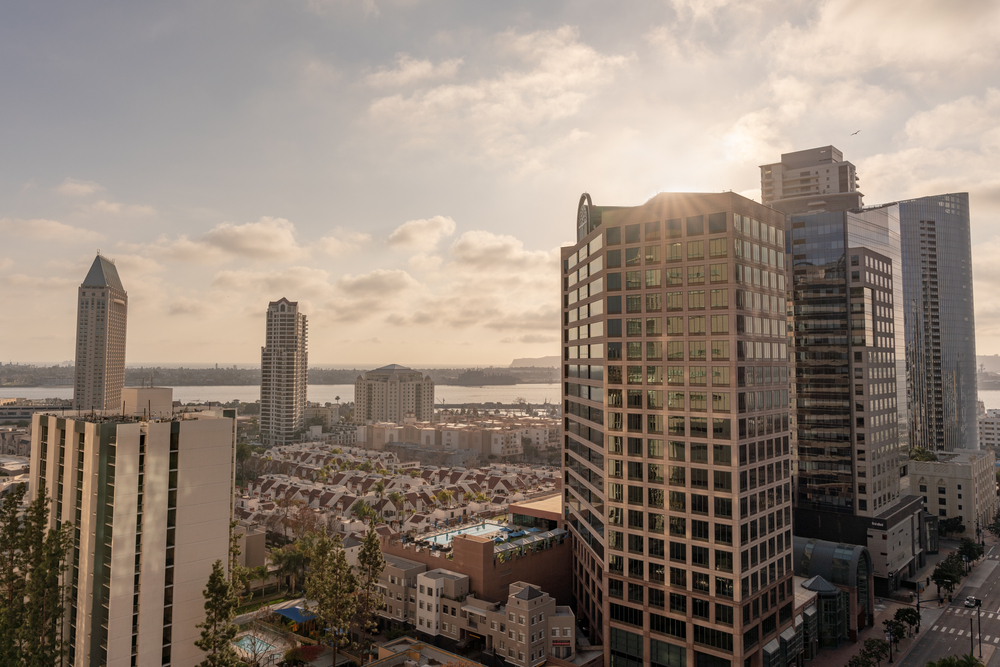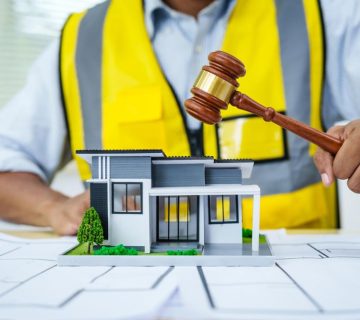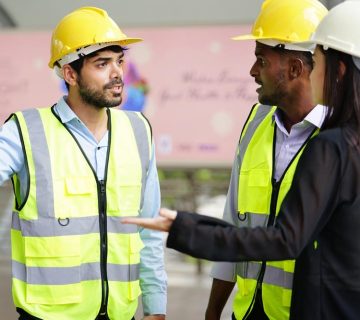When it comes to construction in Los Angeles, compliance isn’t just a matter of professionalism—it’s a legal and financial safeguard. LA’s complex, ever-evolving building codes are designed to promote safety, sustainability, and structural integrity. However, failure to properly understand or apply these codes can lead to costly disputes, project delays, or worse—litigation.
At Stryker Slev Law Group, we’ve seen firsthand how even minor oversights in code compliance can derail high-value projects. As one of the oldest and most respected construction defect and commercial real estate law firms serving Southern California, we help developers, contractors, and property owners navigate building codes the smart way—before conflict arises.
Breaks down what you need to know about LA building codes and how to reduce your legal exposure in any construction project.
The Role of Building Codes in Construction Projects
Los Angeles building codes are based on a mix of state regulations, municipal amendments, and local enforcement policies. These codes apply to nearly every aspect of a building’s construction, including:
- Structural elements (foundation, framing, roofing)
- Electrical systems
- Plumbing
- Fire safety
- Energy efficiency and green building compliance
- Accessibility (ADA standards)
- Seismic safety
Violating these codes—even unintentionally—can trigger stop-work orders, fines, civil lawsuits, or claims of construction defects. In a high-cost construction market like Los Angeles, that’s a risk no party can afford.
Why LA Building Codes Are Especially Complex
Unlike smaller municipalities, Los Angeles has unique regulatory challenges:
1. High Seismic Risk
Los Angeles building codes place special emphasis on earthquake-resistant design. Failing to meet seismic standards can result in future liability if structures are damaged—even years after project completion.
2. Energy Efficiency Mandates
The California Energy Code (Title 24) imposes stringent requirements for new and existing buildings. Builders must adhere to strict guidelines related to insulation, lighting, HVAC, and renewable energy systems.
3. Zoning Overlay Zones and Historic Districts
Many LA neighborhoods have zoning overlays that add another layer of regulation. In designated historic areas, even cosmetic changes to buildings must meet approval.
4. Frequent Code Updates
Los Angeles regularly adopts new ordinances and updates existing ones. Staying compliant requires continuous monitoring and adjustment—not just reading the codes once.
Common Disputes Related to Code Violations
1. Construction Defect Claims
Failure to meet code is often cited in construction defect litigation, even when the structure appears sound. Code compliance (or lack thereof) is frequently used as evidence of negligence.
2. Delays and Cost Overruns
Unexpected code-related issues can cause delays in inspections, permit approvals, and project timelines. These delays often lead to disputes between owners and contractors.
3. Design Liability
Architects and engineers may face professional liability claims if their plans fail to meet current codes, resulting in costly redesigns or safety issues.
4. Contract Disputes
Contracts often require parties to comply with “all applicable laws and codes.” If a subcontractor’s work doesn’t pass inspection, the general contractor or developer may seek indemnification.
How to Prevent Code-Related Legal Issues
Understanding LA building codes isn’t just for inspectors—it’s crucial for everyone involved in the construction process. Here’s how to protect yourself:
1. Work with Code-Savvy Professionals
Make sure your architects, engineers, and contractors are up-to-date on the latest codes and local amendments.
2. Review Contracts Carefully
Include clear provisions outlining code compliance responsibilities, dispute resolution mechanisms, and indemnification clauses.
3. Conduct Pre-Construction Legal Reviews
Have a construction attorney review your plans and contracts before you break ground. This proactive step can prevent future liability.
4. Maintain Detailed Records
If a dispute arises, documentation is critical. Keep records of inspections, permits, correspondence, and code interpretations.
5. Respond Swiftly to Compliance Notices
If the city issues a correction notice or stop-work order, respond immediately with legal support to avoid escalation.
How we can help
At Stryker Slev Law Group, we specialize in navigating the intersection of building codes, construction law, and real estate in a smarter way. We don’t just litigate—we help you avoid litigation altogether. Our team works with developers, contractors, architects, and property owners across Los Angeles, San Diego, and Southern California to ensure that projects are code-compliant, legally sound, and protected from unnecessary risk.
Whether you’re planning a new build, dealing with a dispute, or facing a compliance challenge, our attorneys bring decades of experience and strategic insight to your corner. Let us help you move forward—confidently and legally. Contact us today to schedule a consultation.



